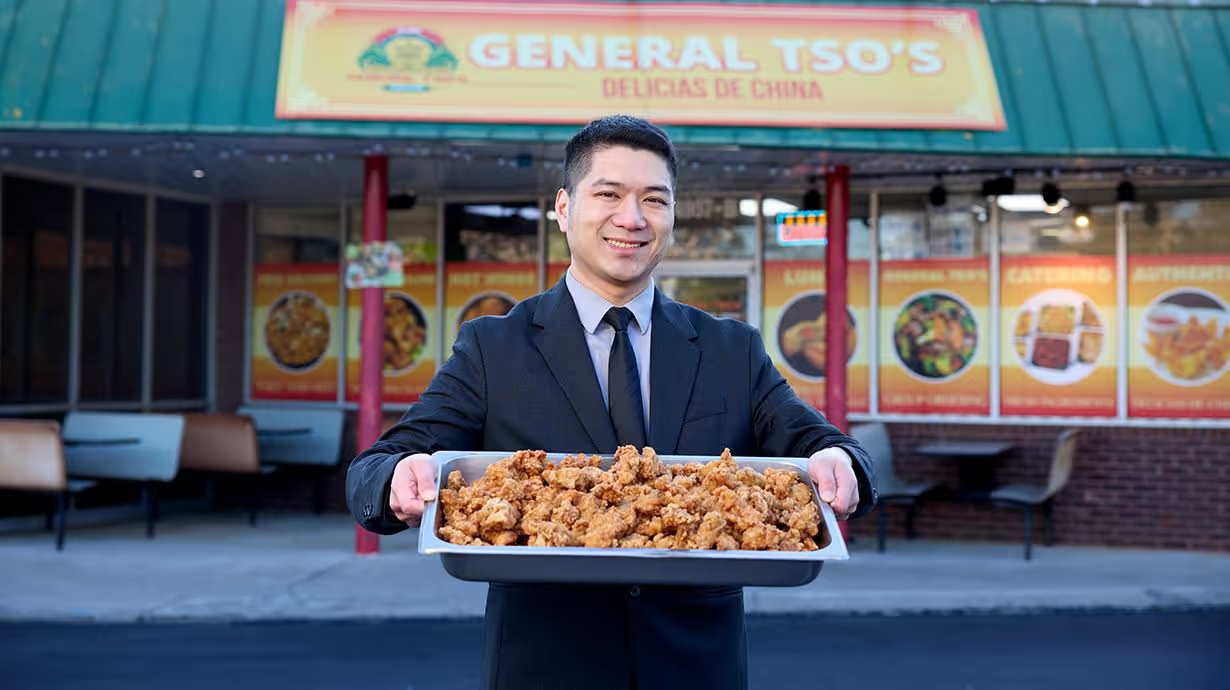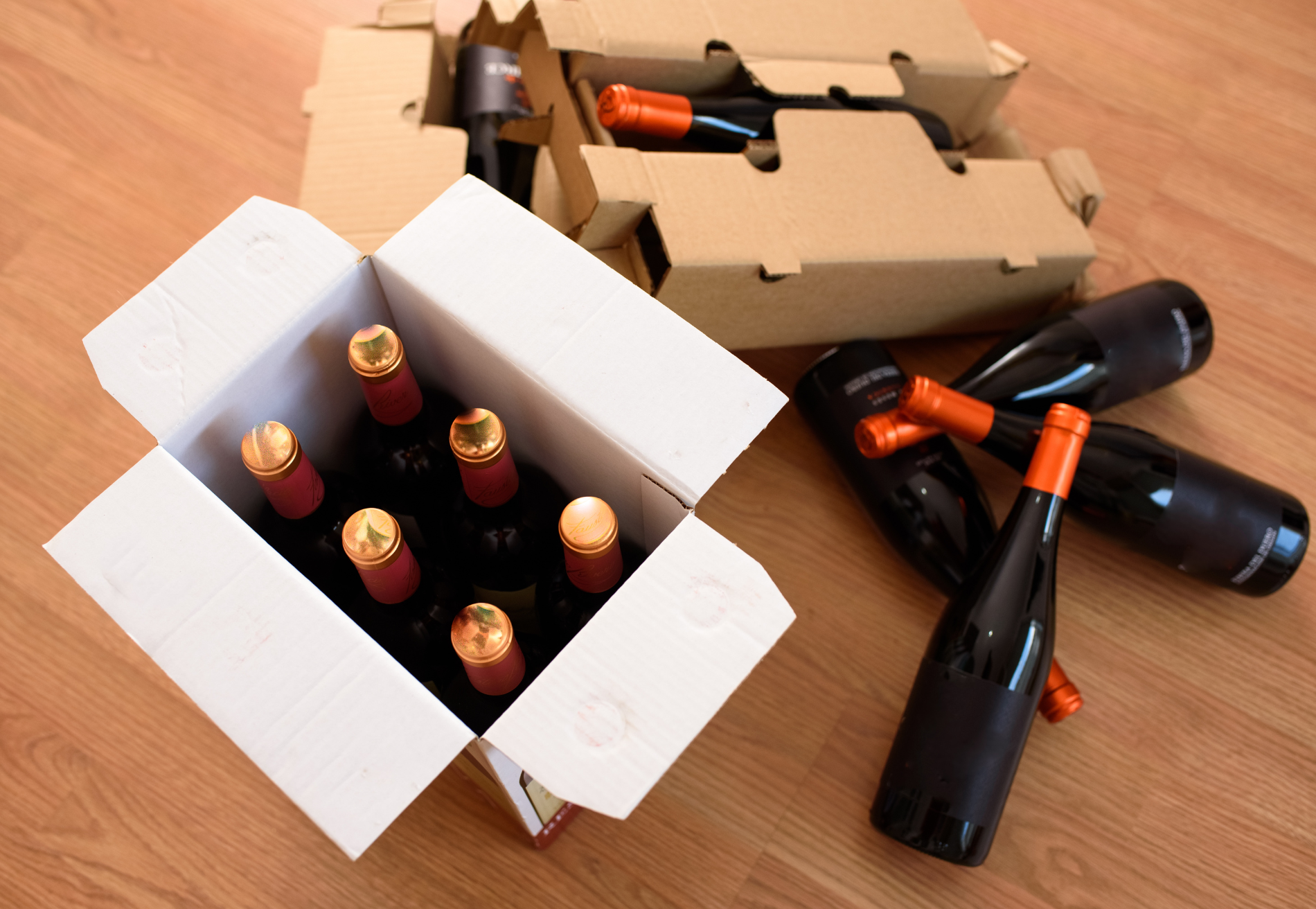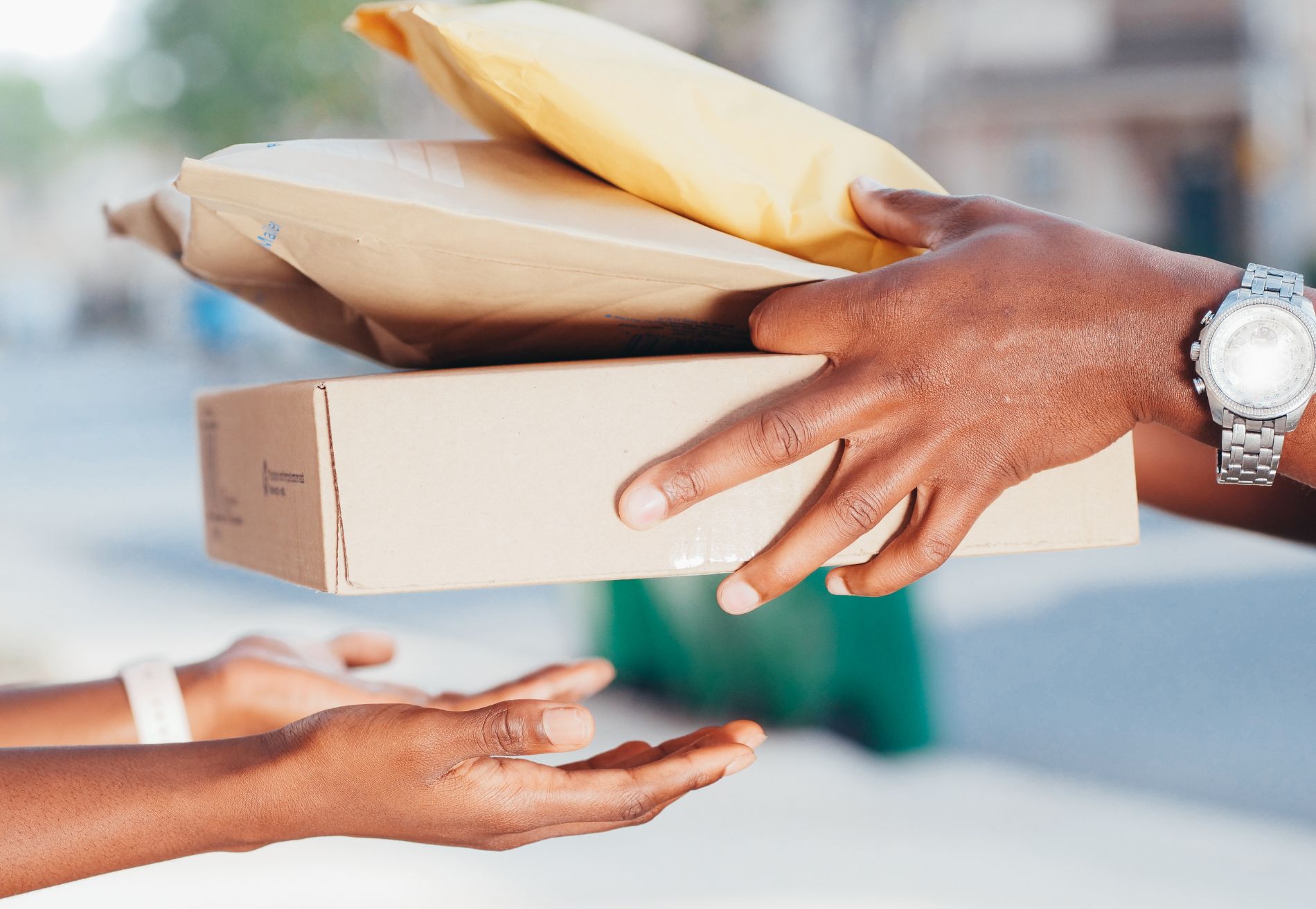Ghost Kitchen Business Model: From Dish Prep to Delivery

The restaurant world is experiencing a big shift as virtual restaurants, called ghost kitchens, dark kitchens, or cloud kitchens, take their place among more traditional restaurants.
Since the Covid-19 pandemic, with a greater focus on delivering outside brick-and-mortar locations, ghost kitchens have increased their presence alongside more traditional restaurants to give eaters a different experience of what it means to eat out.
With the rise of 3rd party delivery apps and delivery services, just about anyone can work with a ghost kitchen business model to create great food for local delivery and build their business without the typically large upfront costs of starting a restaurant business.
What is the ghost kitchen business model?
Essentially a ghost kitchen business model (or cloud kitchen business model) is a way of operating a restaurant that uses a digital location instead of a physical location as a primary means of doing business with customers.
So instead of waiters, these virtual brands use ordering and delivery services via third-party apps. Instead of a physical locale, they might offer niche ingredients and experiences that customers can enjoy wherever they choose to eat their food.
What do you need to start a ghost kitchen business?
To start a ghost kitchen, the basic items ghost restaurant operators need include necessary certifications and business requirements, cooking ingredients and packaging, and an online strategy to market and deliver food to customers.
Other things ghost kitchen start-ups might need include kitchen equipment like pots, pans, cooking utensils, etc, and depending on the scale of the business, even extra kitchen staff to help prepare and package their food.
How do ghost kitchens work?
It takes three things to make a ghost kitchen work: a suitable preparation space, a virtual space to engage, market, and sell to customers, and a seamless way of getting products delivered.
1. Finding a suitable preparation space
Even though you're operating a virtual restaurant, you're still going to need a proper kitchen space to prepare your food. Because it's important to maintain all food safety regulations, your preparation space will need to be certified, and you'll want to understand and implement all local, state, and national food standards.
Commercial kitchen spaces or commissary kitchens are existing spaces that have already been approved by regulators to operate as a kitchen facility. Frequently, these are stand-alone prep kitchens that allow for foodpreneurs to come in and prep and package their food. Other spaces you might consider are restaurants, churches, schools, or retirement homes that have commercial kitchens that they might be willing to rent out during non-peak hours.
While some might see a connection between food trucks, popup kitchens, cottage food establishments, and other food-related businesses, the difference between these and ghost kitchens is that ghost kitchens prep food at a commercial kitchen that is intended for delivery.
2. Finding a virtual space
Another big difference between other food-related businesses and ghost kitchens is that a ghost kitchen’s marketing strategy is mainly virtual, getting the word out through social media, their website, or a cloud kitchen market. Ordering is done online and the order fulfillment process takes place via third-party applications.
Like restaurants, other food businesses tend to prep food directly with the customer on location, or in the case of the cottage industry, pre-make goods at home that they then sell directly through farmer’s markets. Ghost kitchens take advantage of the online space to sell to a wider variety of customers and then use third-party apps to deliver their food.
There are online marketplaces such as Ubereats, GrubHub, and Doordash that can help ghost kitchen restaurateurs sell food to potential customers. Many ghost kitchens use these for their delivery fulfillment, but one problem with these marketplaces is the high costs these third-party delivery apps charge for their services.
For this reason, we recommend using a low-cost online ordering system and integrating that with a low-cost delivery app like Shipday for your order fulfillment strategy.
3. Finding a delivery strategy
Shipday's branded solutions add value to ghost kitchen deliveries without the added costs of most third-party delivery apps.
Shipday's app uses a unique solution for multi-site delivery allowing food businesses to optimize their driver's planned routes for distance or time. This saves on gas, and employee travel time, and increases customer happiness.
Shipday allows for multiple ways to connect with your own drivers or third-party delivery services, allowing you to have multiple ways to get your product to your customer's location. Setting up a route plan, connecting your drivers with your customer, and getting food out and the order completed is a cinch with our collection of low-cost delivery fulfillment tools.
What makes a successful ghost kitchen?
Successful ghost kitchen operators capitalize on an ever-growing demand for food by operating their restaurant business at a minimal cost, creating never-before-seen restaurant brands, and focusing on local markets.
1. Ghost kitchens minimize cost by …
- Starting up faster
Starting up a ghost kitchen costs tens of thousands of dollars less than starting a traditional restaurant. Owners can typically spin one up in a matter of a couple of weeks versus a year or more of planning, financing, and getting the proper permits for an entrenched restaurant establishment.
- Lowering Real Estate costs
Successful ghost kitchens minimize their costs largely by not utilizing a physical restaurant location and instead relying on food delivery apps to make house deliveries to their customers directly. Many times ghost kitchens still need to rent a facility to prepare their food, but the cost of rent is typically much less than maintaining a sit-down restaurant.
- Reducing packaging and food waste
Another benefit of their efficiency, many ghost kitchens are able to lower food costs by lessening their food waste and reducing unnecessary packaging. This saves in profit and appeals to environmentally concerned consumers.
Because of its emphasis on delivery-only food, packaging is one of the more expensive line items for ghost kitchens versus traditional restaurants. The more packaging is reduced the more profitable the business becomes.
- Lessening the need for employees
Less overhead and dependence on third-party apps and outsourced delivery mean less need for employees. On the other hand, outsourcing delivery can cut into profits. Shipday offers a hybrid solution to using both hired drivers and outsourced drivers to keep up with deliveries and save ghost kitchens money.
2. Ghost kitchens build unique brands
Because they're operating lean, many ghost kitchens have a limited menu that is niched down to a specific clientele. They also have an opportunity to take more chances with their food, making it a more enlightening experience for people that want to try something different than the ordinary restaurant fare.
Operating lean also allows ghost restaurants to splurge on presentation and create a strong persona for their brand that exemplifies their values and their creativity. Last Crumb for example creates experiences for their customers, instead of just sending them an ordinary box of cookies.
3. Ghost kitchens focus on local
Many successful delivery kitchens have found local success. Because they're focused on maintaining their local market and keeping their delivery range within a certain manageable distance, they're able to develop strong relationships with their customers and build a long-lasting fan base.
That said, there are also several national ghost kitchen brands that partner with existing restaurants. This multi-brand approach allows restaurants to earn extra profits each month by partnering with one of these franchises. By partnering with one of these ghost kitchen brands or creating their own brand, existing restaurants also can utilize their resources better and tap into their existing customer base to create brands that are an offshoot of their existing establishment or something completely different.
Successfully distributing ghost kitchen products
Ghost kitchen facilities use multiple third-party apps and integrations to build their business virtually. They can utilize all-in-one services that offer ghost kitchen markets, delivery drivers, and even buy-in full commercial kitchens if they have a good amount of startup capital.
Still, for many ghost kitchen owners, one of the appeals of starting without a building, and creating a virtual brand is working with minimal cost to maximize the profit that they can then put back into their business.
Find out more about how Shipday can help your ghost kitchen succeed. Get in touch with one of our representatives to make your product deliveries fast, easy, and something your customers love.
Index
Ready to get started?
Play around with it first, add your team, pay later.








.avif)






%201.svg)
